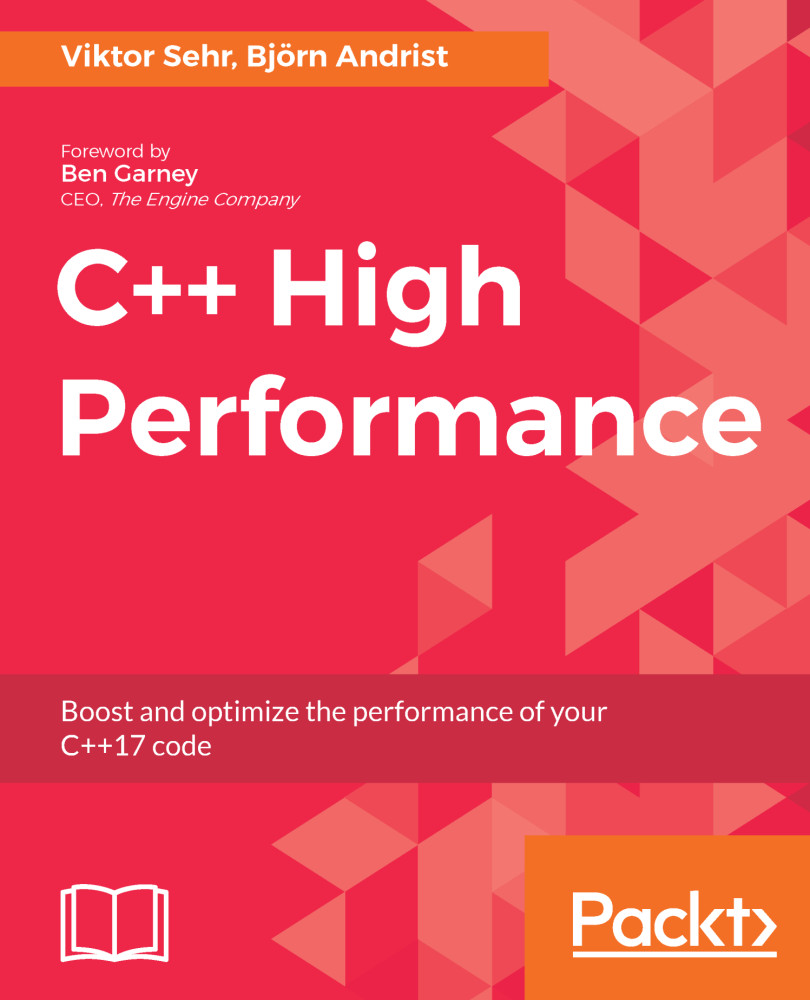C++ of today provides programmers the ability to write expressive and robust code while still having the ability to target almost any hardware platform or real-time requirements. This makes C++ a unique language. Over the last few years, C++ has turned into a modern language that is more fun to use and with better defaults.
This book aims to give the reader a solid foundation to write efficient applications as well as an insight into strategies for implementing libraries in modern C++. We have tried to take a practical approach to explain how C++ works today, where C++14/C++17 features are a natural part of the language, rather than looking at C++ historically.
This book has been written by us, Viktor and Björn, collaboratively. However, the drafts of each chapter were written individually, and after that, we have worked together to improve the chapters and assemble them into a complete book. Viktor is the main author of chapter 1, 2, 5, 8, 9, and 11. Björn is the main author of chapter 3, 4, 7, and 10. We have worked hard to attain a consistent style throughout the book, and we think that it has been a big advantage to write this book together. Many subjects have been debated and processed for the better.



